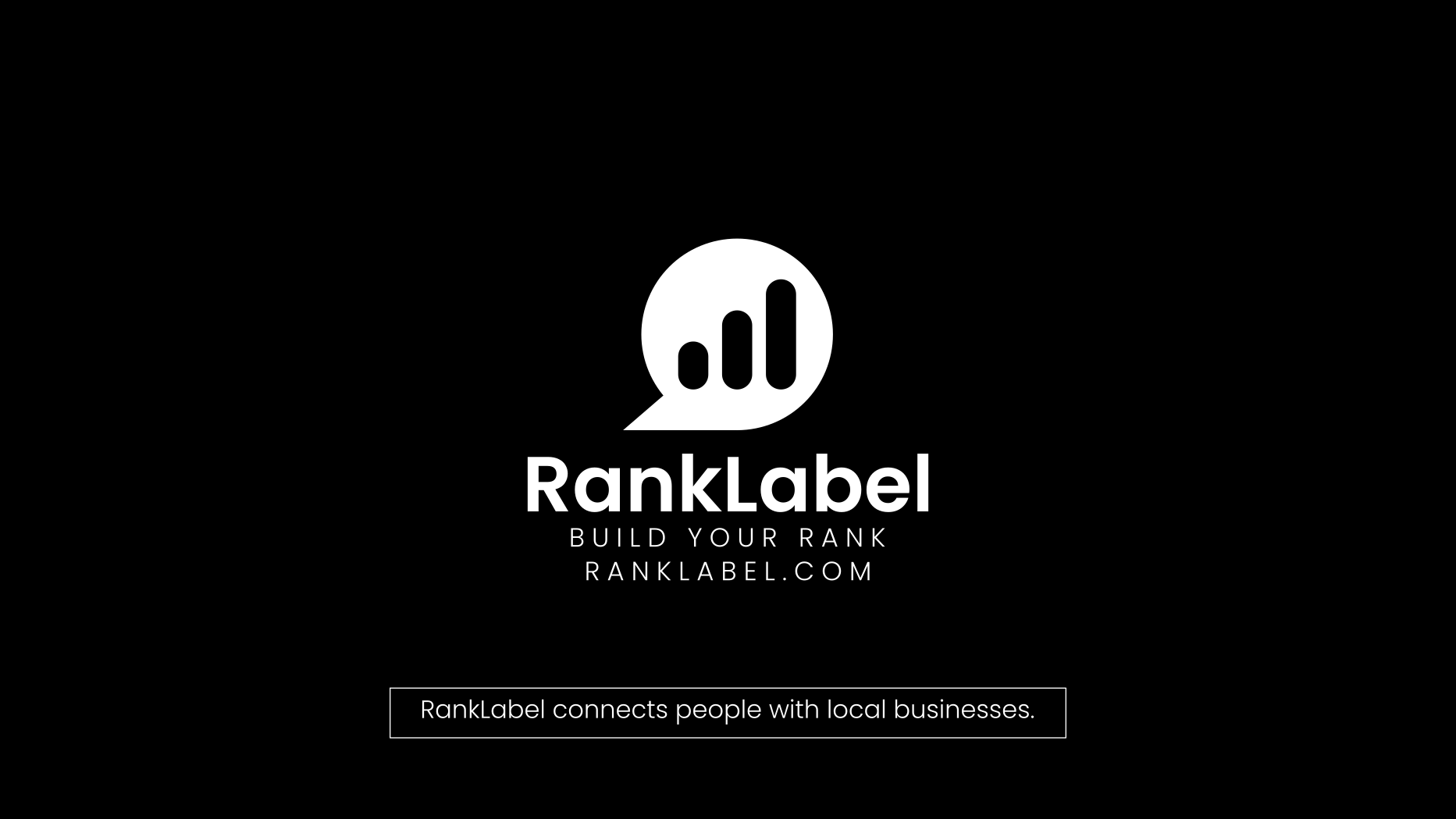Who Needs Plastic? Dive into the World of Biodegradable and Multi-Material 3D Printing Like a Pro

Alright, let's get real. If you're like me, you've probably had it up to here with the mountains of non-degradable plastic junk coming out of 3D printers. So, what if I told you we could do it cleaner, greener, and way cooler? Buckle up, because I'm about to hurl a comet of knowledge on biodegradable and multi-material 3D printing that'll make even my dog Snowball look up from her food bowl.
Why Biodegradable 3D Printing Is the Bee's Knees
First off, there’s a giant elephant in the room called environmental responsibility—yeah, I know, big words. But really, it’s about not trashing our playground. I’ve been elbow-deep in biodegradable materials, and let me tell you, it’s like discovering your car runs on sunlight—pure joy!
Since I started experimenting with PLA (Polylactic Acid) and my homegrown concoctions of biodegradable resins, the 'oops' of a misprint has turned into a 'no biggie.' The stuff breaks down over time, which means less guilt and more printing fun. Who said you can’t have your cake and eat it too?
And don't even get me started on the cool factor. Printing with biodegradable materials isn’t just for show; it’s for all those times you said, “I wish I could just dissolve this thing when I'm done with it.” Well, now you can. Almost feels like magic, doesn't it?
Multi-Material Printing: Because One Material Is So 2024
Now, onto the showstopper: multi-material 3D printing. Imagine you're making a model of—let’s say—a tree (because why not?), and you want the trunk firm and woody, but the leaves nice and flexible. With multi-material printing, no sweat! You can print using two or more different materials in a single job.
This isn’t just about making pretty things. I’ve used multi-material prints for everything from durable gears with soft, grippy outer rims to water bottles that have a tough exterior and a heat-insulating interior. It's like being a chef, but instead of flavors, you're mixing materials!
Unlocking the Secrets of 3D Printed Molds
And here’s another kicker—3D printed molds. These bad boys let you cast your own parts in metal, silicone, you name it. I once made a set of bespoke aluminum handles for my kitchen cabinets. How? Printed the mold, poured in the molten metal, and voilà. The neighbors still think I hired some high-end designer.
Quick Tips to Get You Started
- Choose the right material combo: like pairing wine with food, but less snobby.
- Always test small: unless you enjoy turning your workspace into a modern art exhibit.
- Keep your tools clean: because no one likes a messy workbench, right?
- Experiment, then experiment some more: innovation wasn’t born from playing it safe!
Just remember, every failure is a step closer to something brilliant. Or at least, that’s what I tell myself to feel better.
It's pretty clear that if we're clever about it, 3D printing can be both a creator’s dream and an eco-warrior’s best friend.So, What’s the Big Deal?
Between you and me, diving into biodegradable and multi-material 3D printing is like unlocking a new level in a video game. It’s challenging, sure, but the rewards? Massive. Not only are you creating cool stuff, but you’re also paving the way for a sustainable future. And hey, impressing your friends and family is just the cherry on top.
Ever thought about what you could create if you had the power to design with any material imaginable? What’s the first thing you’d print? Drop your thoughts below!










